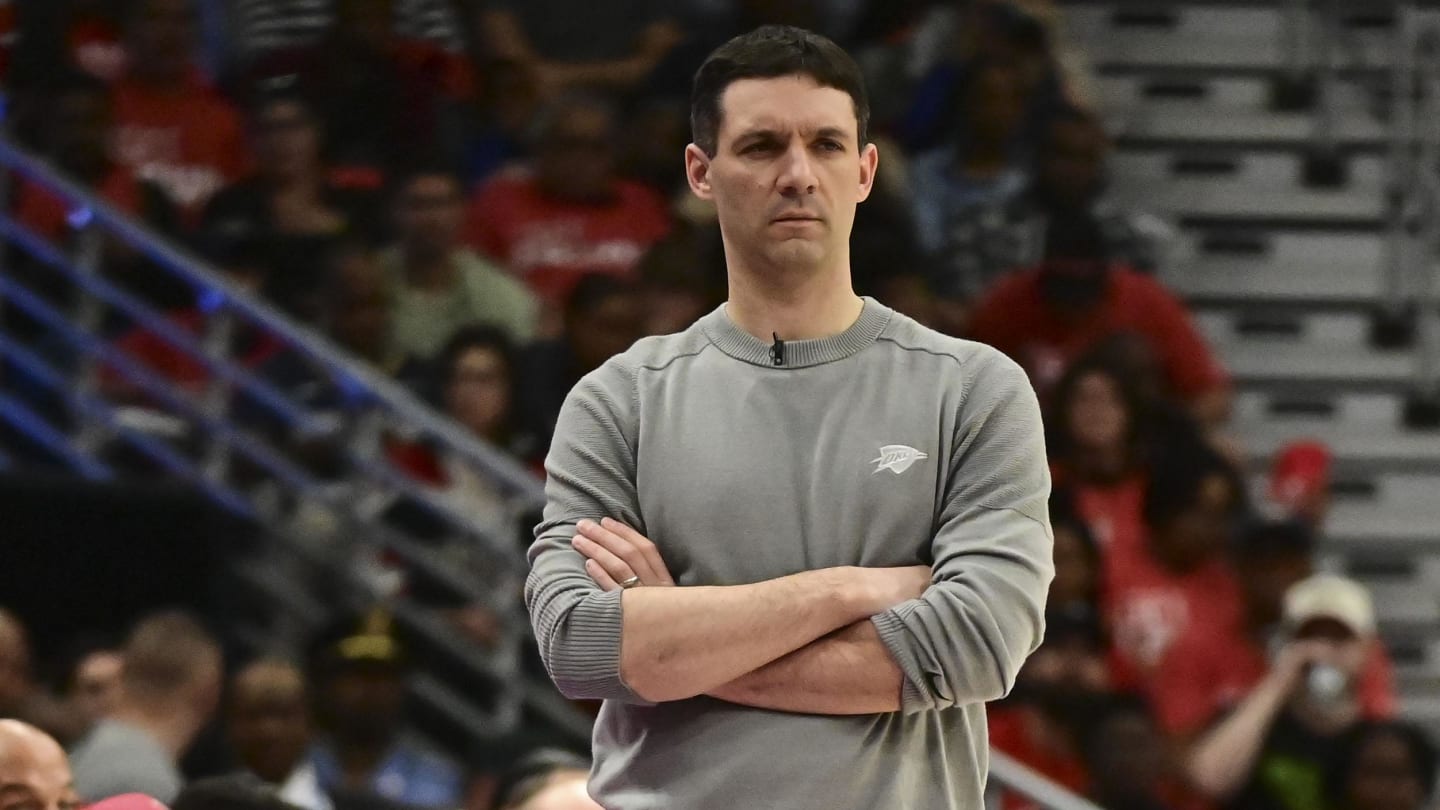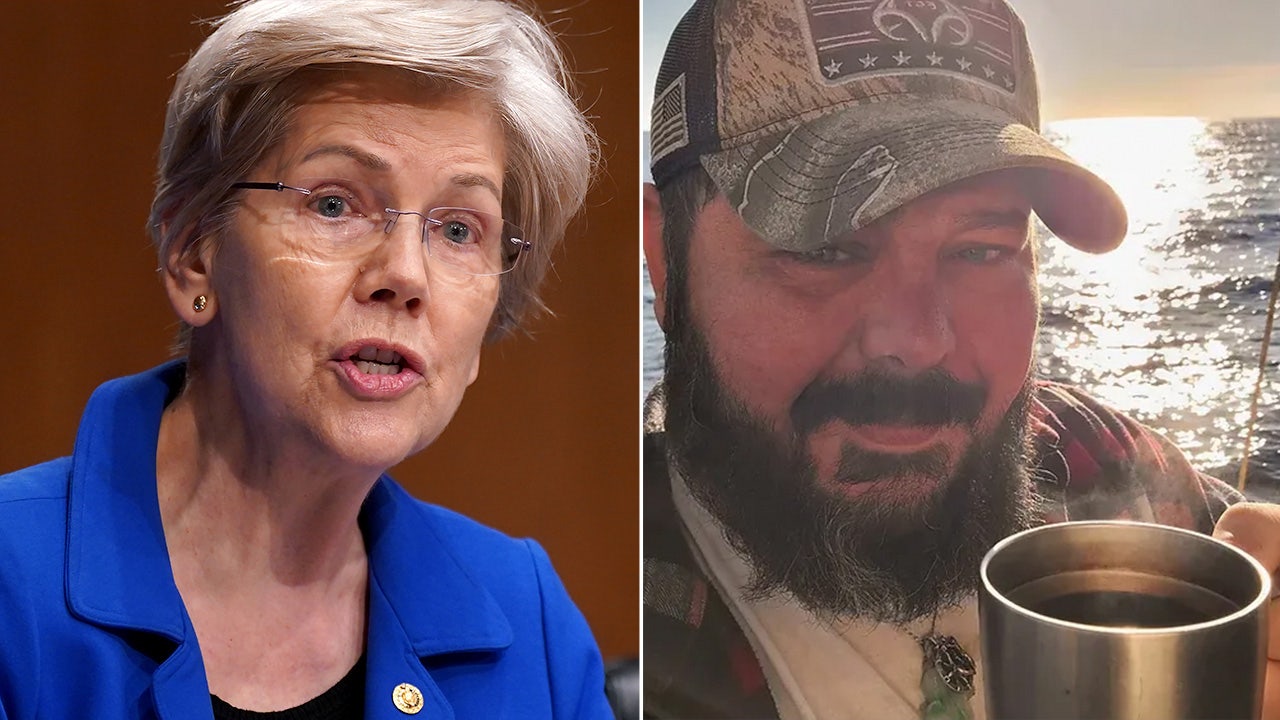Entertainment
'Game of Thrones' director accidentally lied to Obama about Jon Snow's fate

In “Inside the Episode,” writers and directors reflect on the making of their Emmy-winning episodes.
David Nutter carried out a lot of death sentences in the nine episodes of “Game of Thrones” that he directed.
He helmed Season 3’s “The Rains of Castamere,” which is more commonly known as the Red Wedding because it featured the bloody end of beloved characters Robb Stark (Richard Madden) and his mother, Catelyn (Michelle Fairley). He saw Kerry Ingram’s Shireen Baratheon, a child, burned at the stake in Season 5’s “The Dance of Dragons,” and in Season 8, he had Missandei (Nathalie Emmanuel) beheaded as she utters her final word: “dracarys” (“dragonfire” in High Valyrian or “burn it down” in modern English).
But he’s also noteworthy for a character he didn’t really kill after all: Kit Harington’s heart-of-gold Jon Snow. Although Jon seemed to be brought down in a Julius Caesar-like mutiny in Nutter’s Emmy-winning “Mother’s Mercy,” the HBO drama’s Season 5 finale, the next season’s premiere taught us that he was only mostly dead.
But Jon’s stabbing is just one of many, many things that happened in that jam-packed 2015 episode. Other highlights include Cersei’s (Lena Headey) literal walk of shame; Arya (Maisie Williams) going blind because she misuses a power; and Sansa (Sophie Turner) and Theon (Alfie Allen), two abused victims of the psychotic Ramsay Bolton (Iwan Rheon), joining forces.
And because this is “Game of Thrones,” there were also lots of character deaths.
Before departing for his daughter’s wedding earlier this summer, which he promised would be a lot more chill than anything he’d directed, Nutter discussed making what became one of prestige TV’s most divisive episodes.
David Nutter accepts the directing award for the “Mother’s Mercy” episode of “Game Of Thrones” at the Primetime Emmys in 2015.
(Phil McCarten)
What’s the first thing you do when you get an episode with this much happening?
Scream. (Laughs)
You know, it was the finale of the season and it was my big chance to show what I got.
There was the shame walk that we had to do when Lena was six months pregnant. So I had to find an actress who could actually do this walk like her and carry the same gravitas and weight. That was probably the toughest job I’ve ever had because I had to be a psychiatrist. I talked to all of these actresses that auditioned for the role, and I’d say to them, “You know that you could possibly be trending on the internet all over the world if someone snaps a picture of you on the first day of shooting?”
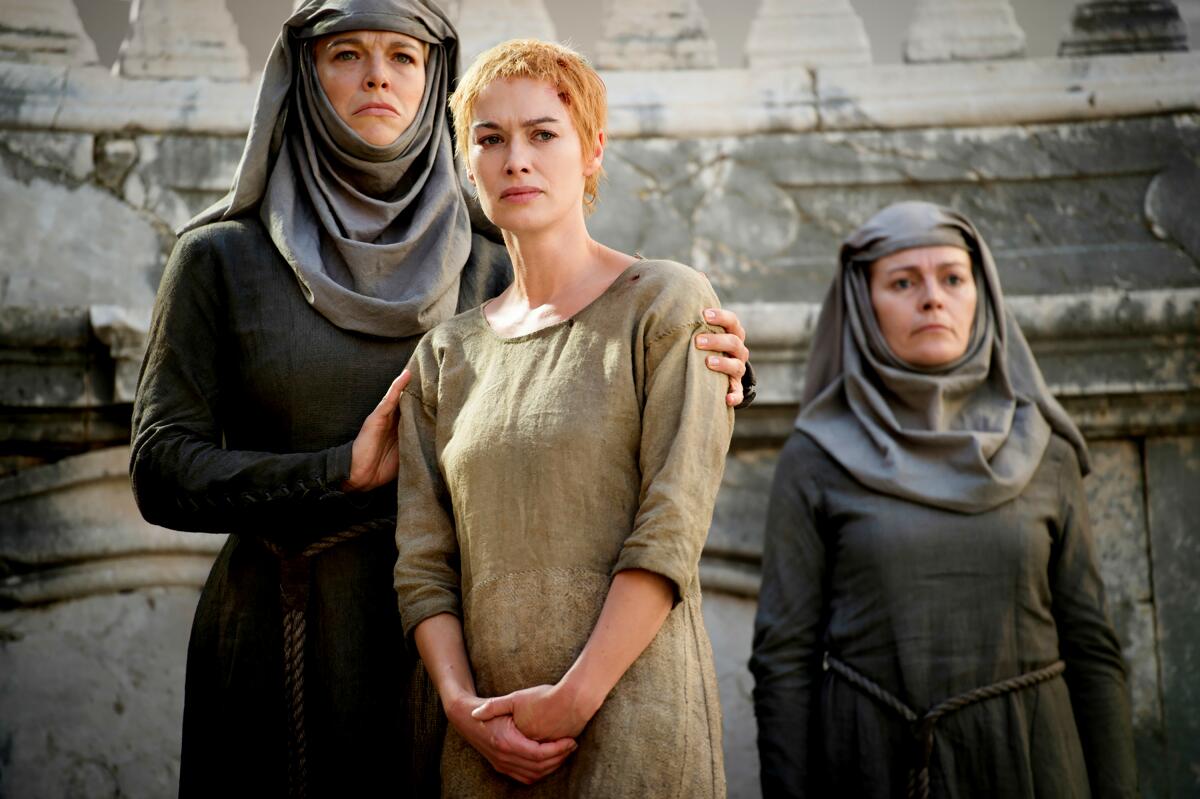
Lena Headey had a body double who performed Cersei’s walk-of-shame scene.
(HBO)
A lot of women auditioned on tape and did the walk of shame naked. But there was one woman who auditioned on tape and did it in her undergarments. But she had a great head and shoulders, and Lena had a very similar [look]. And she was this great actress named Rebecca Van Cleave. She was from Virginia and lived in London and studied acting. She really wanted to be a good actress, and she was just phenomenal. I’ll never forget. There’s a side shot where you can’t even tell if it’s Lena or Rebecca.
That scene also features (a fully clothed) Hannah Waddingham as a religious zealot, yelling “shame” as she guides Cersei through town. She was then an unknown actor, but she’d soon become a breakout star of Apple TV+’s “Ted Lasso.” Do you remember casting her?
[Creators] David [Benioff] and Dan [Weiss] cast her. We wanted someone who was overpowering, and her whole presence was overpowering. Her voice was strong.
There’s also the big secret of Jon Snow’s seeming murder. Did you know when you shot this episode that he would be resurrected in the next season?
I never wanted to read past where I was in the story. Right after the season ended, there was a big political event with Barack Obama, and we were at Chuck Lorre’s house. Obama was a huge fan of “Game of Thrones.” I took a picture with Barack. He grabbed me and shook my hand, and he put his [other] hand on my shoulder and whispered, “You didn’t kill Jon Snow, did you?” I said, “Sir, he’s dead. He’s deader than dead.”
Did not knowing yourself make it easier for you as a director?
Yeah, much easier.
You want to give it the gravitas it needs.
I also wanted to do it kind of quick and not make it a long, drawn-out thing. So I used one camera as he steps through the crowd … and then the last shot was of Jon Snow [on the ground] with a [camera] up in a crane. I’d done enough gore with the Red Wedding that this needed to be almost peaceful.
The audience had questions about another death in this episode: Stephen Dillane’s Stannis Baratheon. The audience sees him wounded after battle, and Brienne of Tarth (Gwendoline Christie) raises her sword over her head as if to strike him down for good. But we don’t actually see the body. How did that shot come about?
That was David and Dan twisting the screws tighter and tighter.
There’s also a death that encapsulates the show’s ethos of having something kind of good immediately followed by something really bad: Myrcella Baratheon (Nell Tiger Free) dies by poisoning after she tells her uncle, Jaime Lannister (Nikolaj Coster-Waldau), that she knows he’s her biological father and that she’s cool with it.
This is a love scene between a daughter and a father. You know, “You sacrificed yourself for [this family]. But everything you did is for a purpose.” And then the daughter was willing to help her father any way that she could.
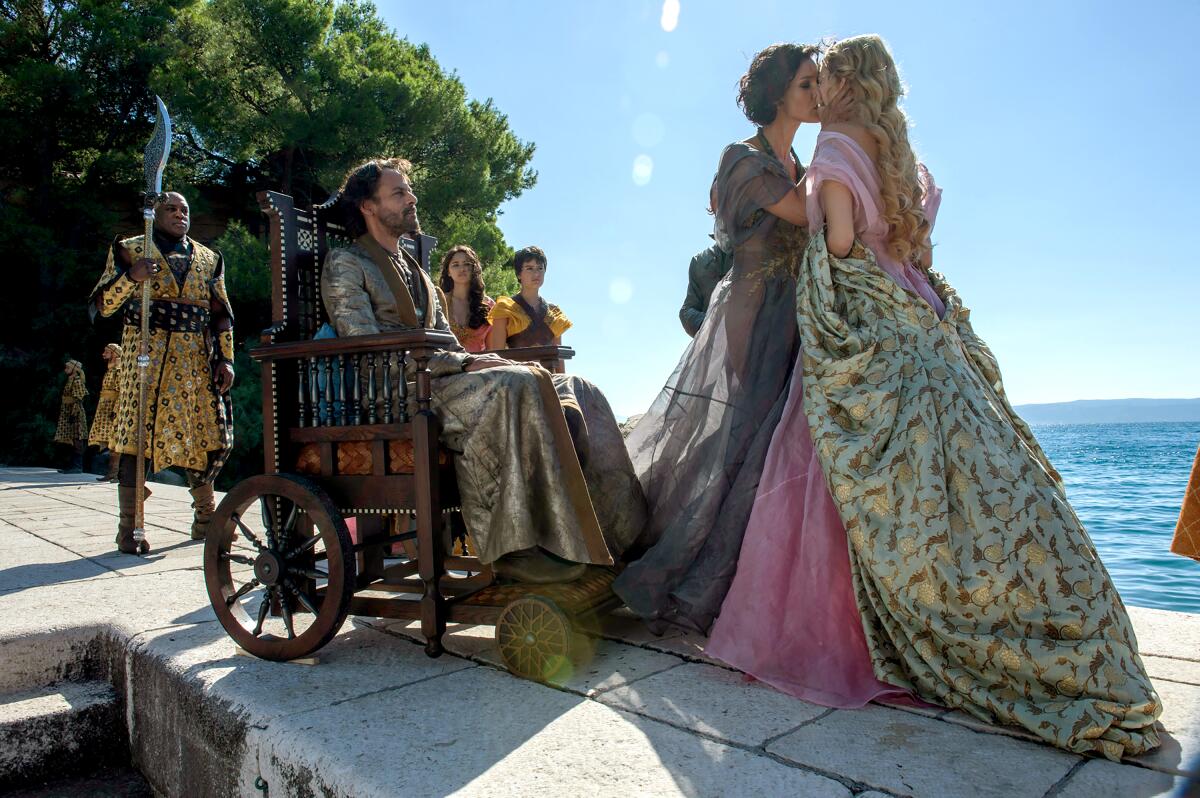
Indira Varma’s Ellaria Sand gives Nell Tiger Free’s Myrcella Baratheon a fatal kiss.
(HBO)
Toward the end of the episode, we see Daenerys Targaryen (Emilia Clarke) slowly, and then suddenly, surrounded by Dothraki warriors — members of her late husband’s people. But neither she nor the audience are clear if they’re happy to see her. How did you accomplish this?
We wanted it to be something where it evolved. She’s on top of the hill and she sees a storm coming in a way. It’s almost like they enveloped her. It’s a hurricane of Dothraki that she’s in the middle of.
It was important to play to the stature of her. Like they’re almost in awe of her.

Movie Reviews
Movie Review: ‘Deadpool & Wolverine’ | Recent News

If nothing else, “Deadpool & Wolverine” is Disney taking a victory lap for acquiring 20th Century Fox and the Marvel properties it controlled. We got a taste of this last year in “Doctor Strange and the Multiverse of Madness” when the advertising bragged about bringing in Patrick Stewart’s Professor X from the X-Men and then the movie threw in John Krasinski as Reed “Mr. Fantastic” Richards from the Fantastic Four just because it could. This time, two former Fox characters are front and center for a Disney release, and they’re bringing some very un-Disneylike mannerisms with them.
Wade “Deadpool” Wilson has fallen into a funk since we last saw him. He was turned down for a job with The Avengers, broke up with his girlfriend Vanessa (Morena Baccarin), and now does a lousy job selling cars. It’s hard to believe that a highly-skilled assassin with regenerative superpowers wouldn’t be able to get a better job even without The Avengers, but whatever, he’s in need of a comeback. He’s sought out by Mr. Paradox (Matthew Macfadyen), who runs a clandestine organization dedicated to preserving timelines. Wade’s timeline is about to end because of the death of Wolverine (Hugh Jackman) in 2017’s “Logan.” In fact, Paradox is just a few days away from deleting the timeline himself with a device that will erase the world painlessly.
Wade isn’t giving up on preserving his universe, so he kidnaps a Wolverine from another timeline to replace the one that his world is missing. Paradox finds the replacement insufficient and banishes both Deadpool and the new Wolverine to The Void, a desert world reserved for entities that Paradox and his organization want to sweep under the rug. The Void is ruled by Nova (Emma Corrin), the heretofore unknown twin sister of Professor X. She wants to kill the heroes, and they ironically need her help to return to Wade’s timeline to stop Paradox.
The bad news is that neither Deadpool nor Wolverine can hope to succeed on their own, or even together for that matter. It doesn’t help that the two don’t like each other, with this version of Wolverine wanting nothing more than to wallow in self-pity and Deadpool insisting that he put aside his failures and help save a timeline that isn’t his own. The good news is that there’s help out there in The Void. Remember, multiple-timeline and multiverse rules are in effect here. I will say that there are other versions of Deadpool played by Reynolds and other versions of Wolverine played by Jackman. Are there versions of these characters not played by Reynolds and Jackman? Will anyone else from the “X-Men” universe show up? Maybe some even stranger bedfellows?
The appeal of “Deadpool & Wolverine” lies in its ability to elicit laughter and gasps. The kind of gasps I can talk about here relate to crude humor and creative violence, which tie into the laughter anyway, so really the appeal of this film is its humor. Obviously this movie isn’t going to appeal to audiences that want their Marvel movies at the PG-13 level or tamer. But it also isn’t going to appeal to people that don’t like Deadpool or are sick of Deadpool. It’s hard to imagine anybody not falling for the charm that Reynolds and Jackman bring to their characters. It’s easier to imagine that people are tired of this schtick after eight years, with all the “shock” and meta-humor and excitement over silly things like ill-fitting pop songs. For me, there was just enough juice left in the tank for me to give this movie a recommendation, but I suggest seeing this movie early while the screenings are still a party, because I don’t think this movie is going to age well once the novelty wears off.
Grade: B-
“Deadpool & Wolverine” is rated R for strong bloody violence and language throughout, gore and sexual references. Its running time is 128 minutes.
Robert R. Garver is a graduate of the Cinema Studies program at New York University. His weekly movie reviews have been published since 2006.
Movie Reviews
Film Review: The Fabulous Four – SLUG Magazine
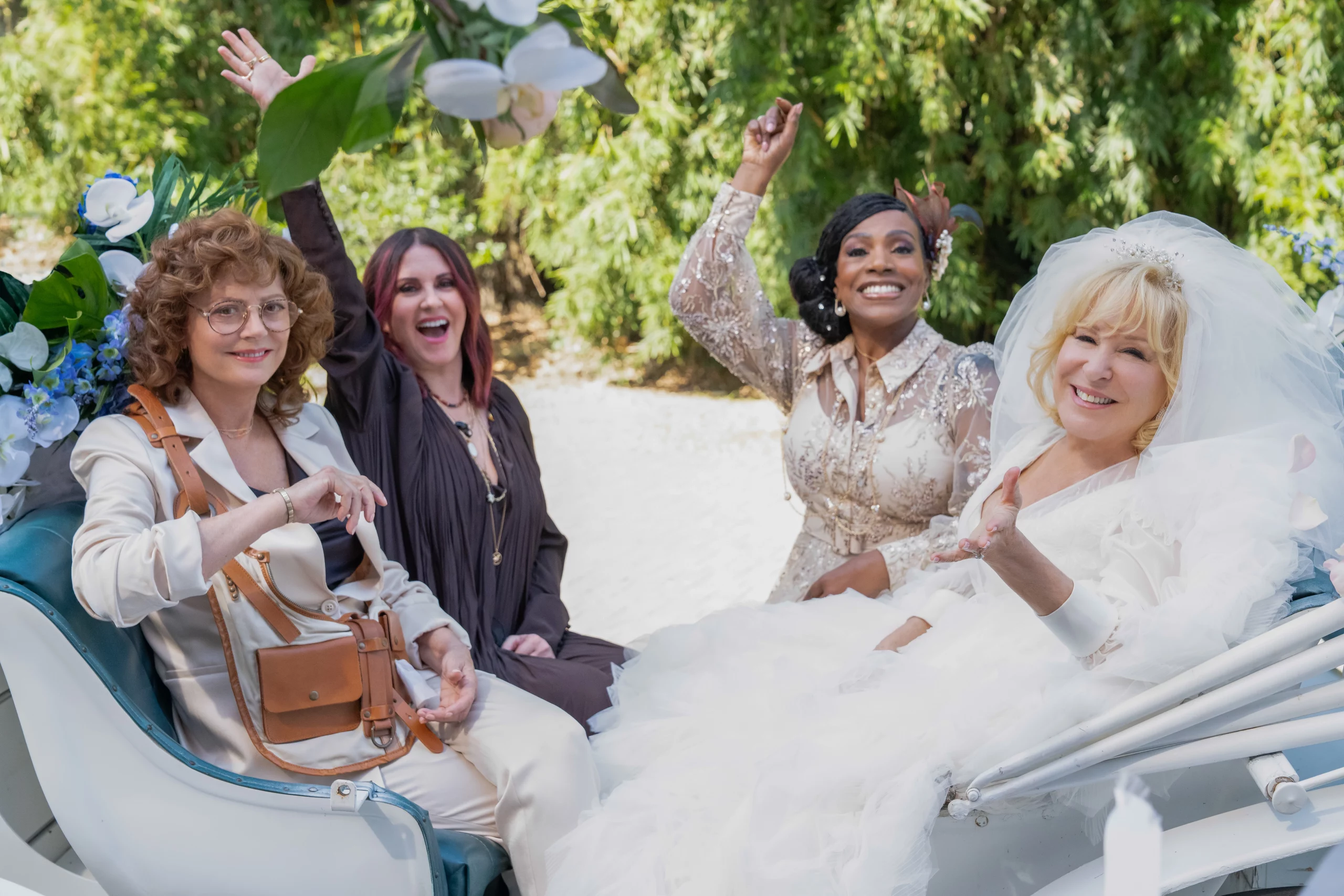
Arts
The Fabulous Four
Director: Jocelyn Moorhouse
Southpaw Entertainment
In Theaters: 07.26
November 8, 2017 – the day that Donald Trump was elected – was among the worst of my life, comparable to the deaths of my parents. The reason that I mention this is that, while Susan Sarandon used to be a favorite of mine, I put some degree of blame for that nightmare upon her and other extremists who strongly encouraged liberals to boycott the election. The only reason I mention any of this is to give full context to the statement that, for me, The Fabulous Four is still the most unforgivable thing that Sarandon has ever been involved in.
The Fabulous Four is the story of a quartet of old friends reuniting for a wedding in Florida. Lou (Sarandon, Thelma and Louise, Dead Man Walking) is a successful heart surgeon who lives alone with her cats, having never married after the love of her life eloped with her best friend Marilyn (Bette Midler, Hocus Pocus, Beaches). After the death of Marilyn’s husband, she is lost and lonely, and quickly becomes engaged, planning a lavish ceremony in Key West. Alice (Megan Mullally, Will & Grace, Dicks: The Musical), a singer who once toured with the Rolling Stones, and Kitty (Sheryl Lee Ralph, Abbott Elementary, The Young Wife), a cannabis farmer who has a strained relationship with her hyper-religious daughter, are determined to get Lou to come to the wedding and finally bury the hatchet with Marilyn. To get Lou to come to Key West, they concoct an elaborate story about winning a raffle to become the owner of a polydactyl cat from Ernest Hemingway’s estate, and soon the women are reunited. While tension runs high between Lou and Marilyn, Kitty and Alice spend a lot of time getting drunk and high. Lou finally starts to loosen up when she meets a suave man named Ted (Bruce Greenwood, Thirteen Days, Star Trek), and things appear to be working out for a little while until further complications ensue.
Despite starring a group of highly talented performers, The Fabulous Four has a lot of elements working against it, chief among them the abysmal screenplay by Ann Marie Allison and Jenna Milly (You’re Dating a Narcissist!), which is a feeble collection of cardboard characters, stupid situations, and raunchy routines. The crazy contrivances include the aforementioned feline-oriented sub-plot, constant variations on the same marijuana joke, an attempted robbery foiled by using a Kegel ball as a projectile weapon, and a wild bachelorette party at strip club wherein one of these four women inevitably has a shocking discovery you can see coming from at least 20 miles away. The dialogue leaves a lot to be desired: when Kitty’s born again daughter, Leslie (Brandee Evans, Rolling Into Christmas, Unprisoned) wants to put her into a Christian retirement home called Heaven’s Gate, Kitty quips “Heaven’s Gate? More like hell on earth!” and constitutes one of the wittier moments in the film’s poorly conceived jokes about topics ranging from slavery to date rape make for some seriously cringe-inducing moments.
Sarandon fairs best of the cast, and for all of the negativity I cast at her in the opening paragraph, this movie stands as proof that she’s incapable of giving a truly bad performance. This is more than can be said for the campy and constantly mugging Midler, who is only slightly less over the top than she is as the buck-toothed crone Winnifred Sanderson in Hocus Pocus. Ralph is almost as bad, transitioning poorly from the more presentational acting style of a broad sitcom to what should be a more grounded characterization in a feature film, and all that can be said for Mullally is that she’s only asked to portray three states of being: drunk, stoned, and horny, and she convinced me on at least two out of three. A cast of venerated stars giving such sloppy performances and so unable to find convincing chemistry has to be put at the foot of the director, and Jocelyn Moorhouse (Proof, How To Make an American Quilt, The Dressmaker) approaches the material with all of the subtlety and grace of an incontinent sheepdog, and it’s a bit of a surprise that a movie this amateur and slapdash comes from such an industry veteran.
The Fabulous Four is an utter misfire from beginning to end, and the only positive thing I can say about it is that, given the fact that it’s getting minimal publicity and opening opposite the most anticipated Marvel release in a couple of years, this film going to meet a mercifully quick demise at the box office before it goes on to punishing streaming viewers. By far the person who comes off looking best here is Diane Keaton, because her mediocre vehicles such as The Book Club and Summer Camp look quite solid in comparison. –Patrick Gibbs
Read more film reviews here:
Film Review: Deadpool and Wolverine
Film Review: Longlegs
Entertainment
Martin Phillips, founder of New Zealand's influential Chills, dies at 61

Martin Phillips, whose band the Chills was a mainstay of the 1980s New Zealand indie-rock scene that served as a formative influence on the likes of R.E.M. and Pavement, has died. He was 61.
His death was announced in a statement posted Sunday on the Chills’ social media accounts. The statement didn’t say when or where Phillips died or specify a cause but noted that he’d died “unexpectedly.” A 2019 documentary about Phillips and the Chills chronicled the musician’s struggles with hepatitis C; New Zealand’s Otago Daily Times reported that Phillips had been admitted recently to Dunedin Hospital with liver problems.
A proponent of the so-called Dunedin sound associated with New Zealand’s Flying Nun record label, the Chills played jangly yet propulsive guitar pop that set wistful melodies against arrangements drawing on punk and psychedelia. Phillips, who wrote with a poetic flair about art, death and romance, was the band’s only constant member in a career that attracted a devoted cult following across four decades.
In a statement Sunday, Neil Finn of Crowded House — a fellow New Zealander whose early band Split Enz once enlisted the Chills as an opening act — called Phillips “one of NZ’s greatest songwriters” and described him as having been “fascinated by and devoted to the magic and mystery of music.”
After playing in a short-lived group called the Same, Phillips formed the Chills in 1980 with a lineup that included his sister Rachel; in 1982, the band signed to Flying Nun — whose other other tightly connected acts were the Clean, the Bats and the Verlaines — and proceeded to make a string of scrappy yet tuneful singles including the stomping “I Love My Leather Jacket” and “Pink Frost,” which became perhaps the band’s best-known song.
“I want to stop my crying / But she’s lying there dying,” Phillips sang over an oddly buoyant bass line — a striking juxtaposition that led Spin magazine to advise readers to “imagine Paul McCartney attempting Joy Division.”
Having already cycled through more than half a dozen lineups, the Chills dropped their first studio LP, “Brave Words,” in 1987; for their follow-up, 1990’s “Submarine Bells,” they signed in the U.S. to Warner Bros. subsidiary Slash Records, which helped drive the knowingly titled “Heavenly Pop Hit” to No. 17 on Billboard’s modern rock chart.
Eager to capitalize on that success, Slash brought the Chills to Los Angeles to record the band’s next album, 1992’s “Soft Bomb.” Peter Holsapple, who’d played with R.E.M. on its smash “Out of Time” LP, contributed keyboards in the studio, while Van Dyke Parks devised a characteristically whimsical orchestral arrangement for the song “Water Wolves.”
Parks, the veteran pop eccentric known for his work in the ’60s with Randy Newman and the Beach Boys, invited the Chills to Capitol Studios to watch him oversee the recording session, Phillips told KCRW in 2022. Yet the band showed up late: “We took a wrong turn, so we missed the speech that Van Dyke gave the orchestra about what they were doing,” Phillips said. “But it was beautiful being there and hearing it come to life.”

The Chills broke up after touring “Soft Bomb” but later reunited (with yet another lineup); the band’s most recent album, “Scatterbrain,” came out in 2021.
Information about Phillips’ survivors wasn’t immediately available.
Phillips spoke candidly about the challenges of surviving the music industry, as in a 1992 interview with The Times in which he admitted that the “single biggest problem so far has been just trying to keep bands together when we can’t afford to pay ourselves anything.”
Yet the Chills’ music put across an abiding belief in the power of a great song.
“So I stand and the sound goes straight through my body / I’m so bloated up, happy, I can throw things around me,” Phillips sang in “Heavenly Pop Hit.” “I’m growing in stages and have been for ages / Just singing and floating and free.”
-

 World1 week ago
World1 week agoFreshers' week in Strasbourg for new EU lawmakers
-

 News6 days ago
News6 days agoHow the Trump Rally Gunman Had an Edge Over the Countersnipers
-

 Politics1 week ago
Politics1 week agoBalance of Power: Trump singles out Nevada at RNC as he looks to flip state he lost twice
-

 Politics1 week ago
Politics1 week agoReporter's Notebook: 'Do not stop filming'
-
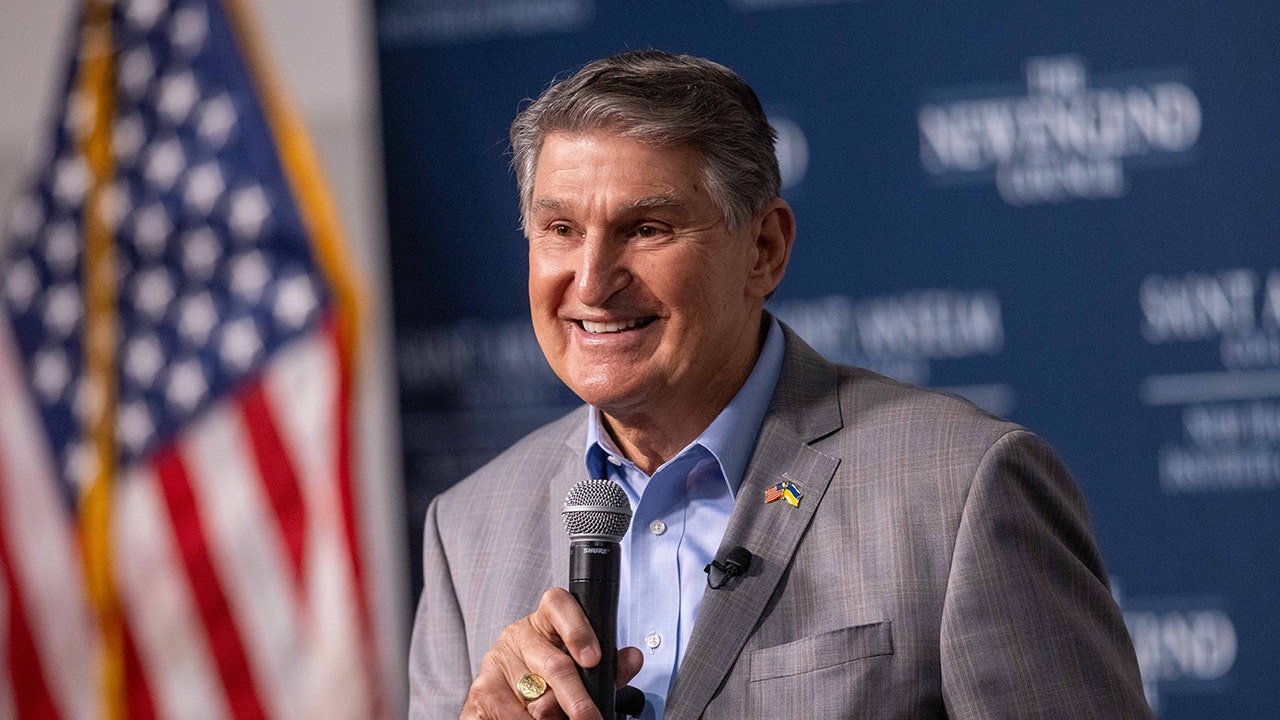
 Politics1 week ago
Politics1 week agoManchin considers re-registering as Democrat to run for president
-

 News1 week ago
News1 week agoTrump says he had ‘a very good phone call’ with Zelensky, discussed Russia-Ukraine war | CNN Politics
-

 World1 week ago
World1 week ago‘Torn up bodies’: Israel intensifies bombing campaign in Gaza
-
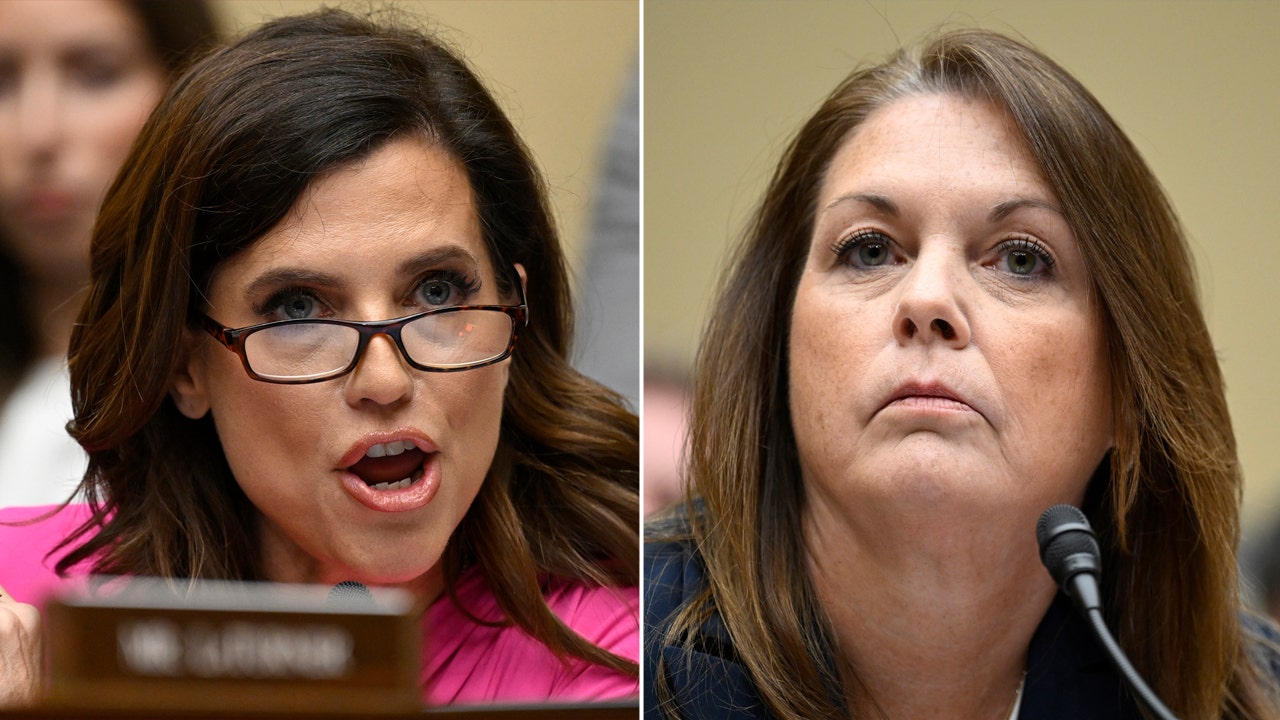
 Politics6 days ago
Politics6 days agoTop five moments from Secret Service director's hours-long grilling after Trump assassination attempt





